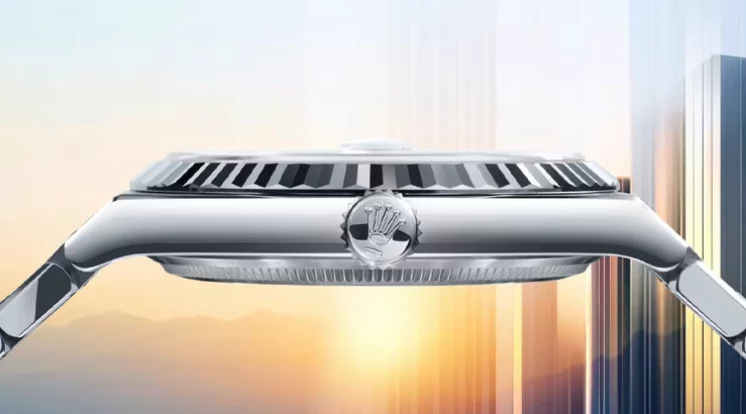Quartz vs. mechanical watches – which watch movement is right for you?
One of the most common questions I hear is: should I choose a quartz or a mechanical watch movement? Both have their unique advantages, and your choice depends on factors like accuracy, maintenance, cost, lifestyle, and personal preference. Whether you’re new to the world of watches or a seasoned enthusiast, this guide will help you decide which type suits you best.
A brief history of timekeeping
Timekeeping has come a long way, from the towering chiming clocks of the 16th century to the refined wristwatches we wear today. In the 17th century, pendulum clocks emerged, though they were sensitive to movement and unstable surfaces. By the 18th century, pocket watches became indispensable for military operations, laying the groundwork for the wristwatches worn in the World Wars.
In the 1930s and ’40s, brands like Longines, Hamilton, Jaeger-LeCoultre, Omega, and IWC created durable, reliable timepieces for the military. By the 1970s, many of these mechanical models were replaced with quartz for reasons of accuracy and cost. Even today, robust military-style designs like Pilot, Field, and Campaign watches remain popular.
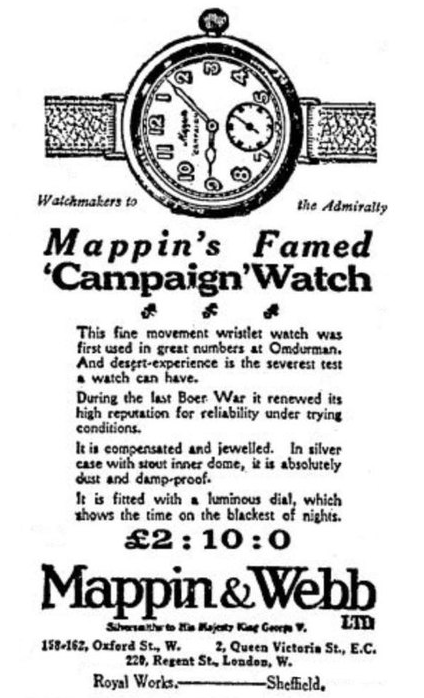
What is a watch movement?
A watch movement (or calibre) is the engine that powers a watch. It moves the hands and drives any additional functions, known as complications – like chronographs or dual time. There are two main types of movements:
- Quartz
- Mechanical (which includes manual and automatic)
Quartz movements
The first quartz watch, the Seiko Astron 35SQ, was released on Christmas Day 1969 and cost £2400, equivalent of £16,500 today. Quartz watches soon revolutionised the industry, offering unmatched accuracy at a fraction of the cost. Many traditional Swiss brands struggled during this “Quartz Crisis,” with several niche houses disappearing in the following 10 years. The subsequent mass production of quartz movements significantly reduced the cost of the watches.
Today, a high-quality ETA quartz movement costs around £50. Quartz watches are:
- Extremely accurate (typically +/- 15 seconds per month)
- Low maintenance (just a battery change every couple of years)
- Affordable, with prices ranging from £30 to over £7,000
The quartz movement is extremely accurate and requires little maintenance aside from replacing the battery approximately every two years. Whilst the accuracy is far superior to mechanical watches, enthusiasts do not find them as desirable due to the comparative lack of technical craftmanship.
Top quartz brands include Seiko, Tissot, Citizen, and Bulova. Luxury brands like Omega, Cartier, Breitling, and even Rolex have offered quartz models.
So how does it work? The battery in the movement sends an electrical current through a small quartz crystal, electrifying it and causing it to vibrate. This vibration keeps the movement oscillating and drives the motor which in turn moves the hands and powers the functions.
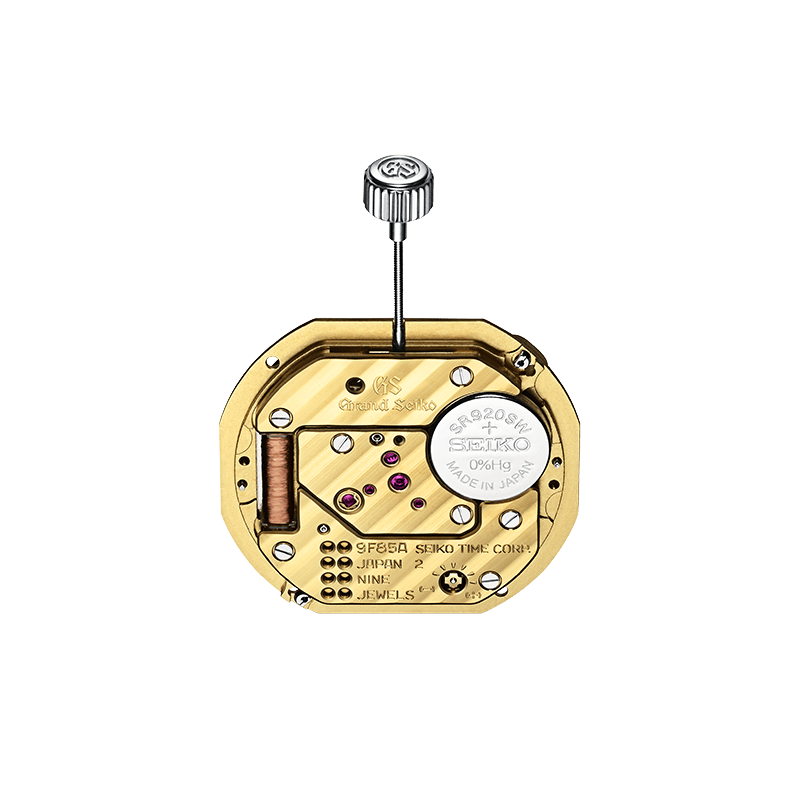
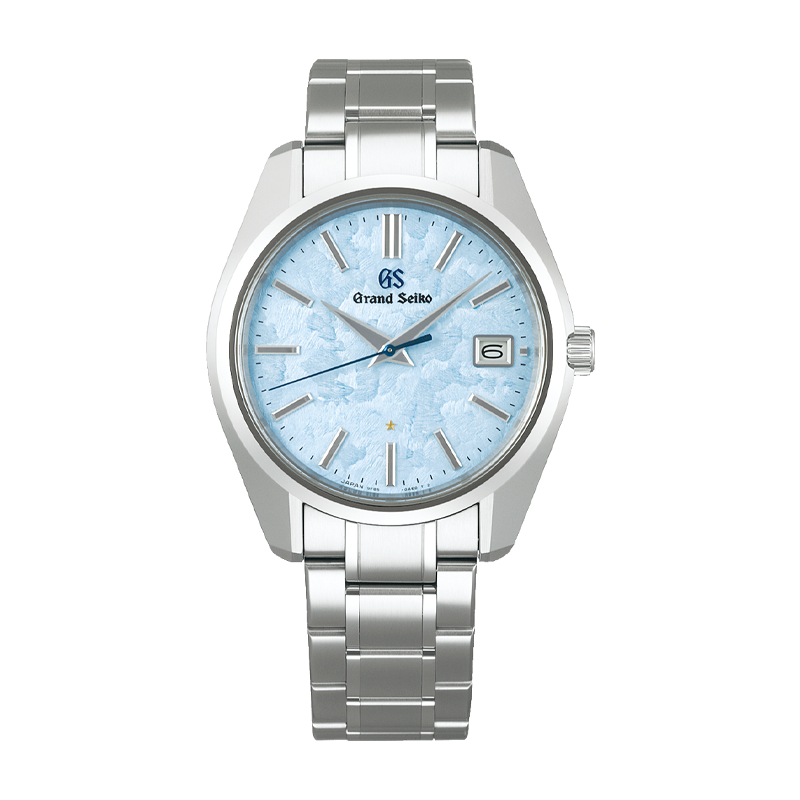
Mechanical movements
Mechanical watches are powered by a coiled spring (the mainspring) that stores and releases energy through a series of gears and springs. They’re celebrated for their craftsmanship and longevity, and dominate the luxury segment of the watch industry.
In 2023, global mechanical watch sales reached £40 billion, with expected annual growth of 3% through 2030. Top manufacturers include:
- Patek Philippe
- Rolex
- Breguet
- Vacheron Constantin
- Audemars Piguet
- Jaeger-LeCoultre
- A. Lange & Söhne
- IWC
- Omega
Prices range from around £2,000 to well over £1 million. Some expect the most expensive watches to be set with sparkling diamonds and sapphires, this is not usually the case. The most expensive models whilst made from precious metal have exceptional and some unique complications including Tourbillions, Celestial moon phases, GMTs, and World times. The specialist design, workmanship and rarity justifies the value which in a number of cases increases in time.
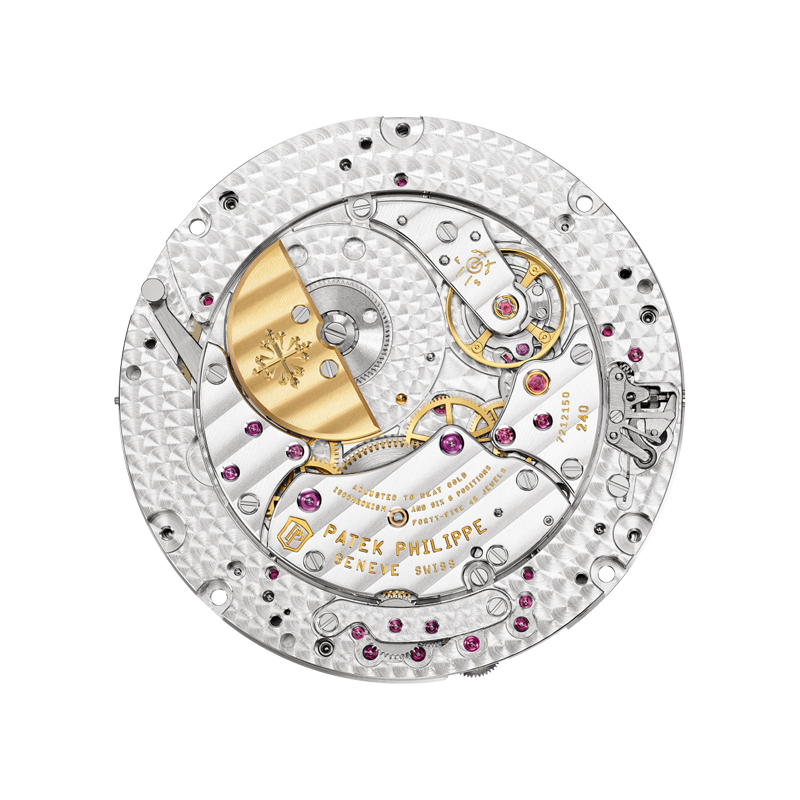
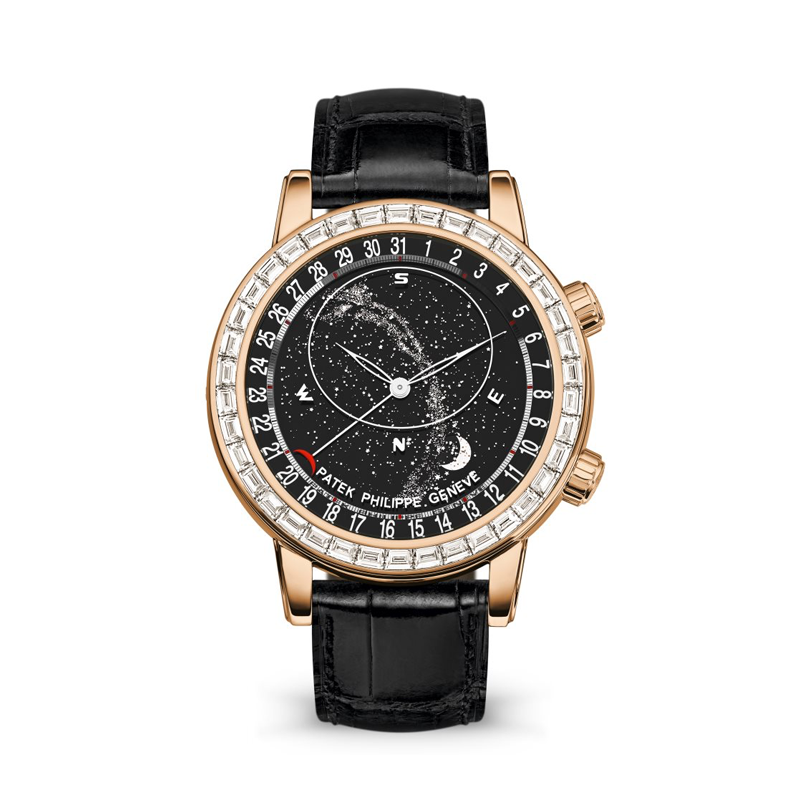
Like your car it is essential that your watch is maintained, a service at an approved center every 3 years will keep your precious timepiece in good working order.
The service will usually include,
- Disassembly
- Cleaning the watch parts
- Replacement of any worn or damaged components
- Lubrication and reassembly
- Refurbishment of the case and bracelet
- Water resistance check
- Accuracy check
The cost of this will range from £150 to £1000.

Manual vs. automatic – what’s the difference?
Manual watch movements are the oldest type often referred to as hand wound movements as the energy is created by turning the watch crown. This in turn winds the mainspring which stores the power. The mainspring slowly unwinds and releases the energy to power the hands and complications. Some watches require daily winding others have a power reserve which can continue to work for up to eight days.
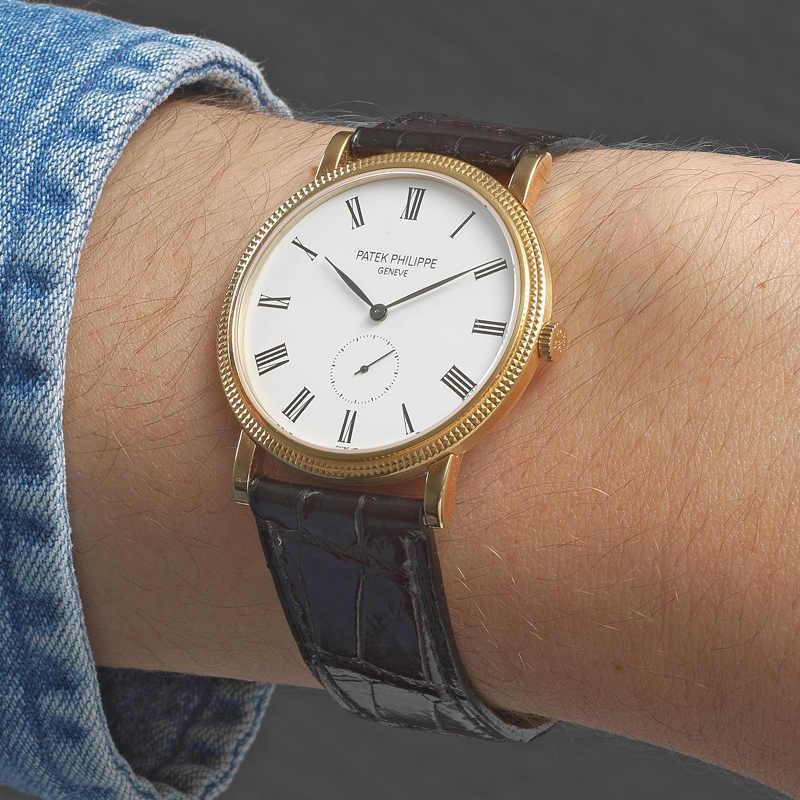
The second option is an automatic watch movement also called self-winding. The movement harnesses energy through the natural movement of the wearer’s wrist. As long as the watch is worn regularly it will store sufficient power and not require manual winding.
The automatic movement is in principle the same as a manual with the addition of a rotor. The rotor moves freely and is connected to the movement. It spins with each. Movement of the wrist transferring energy and winding the mainspring.
A must have option for an automatic watch is a watch winding box. This enables you to leave your watch (which will be rotated in the box) and It will be ready to wear when needed.
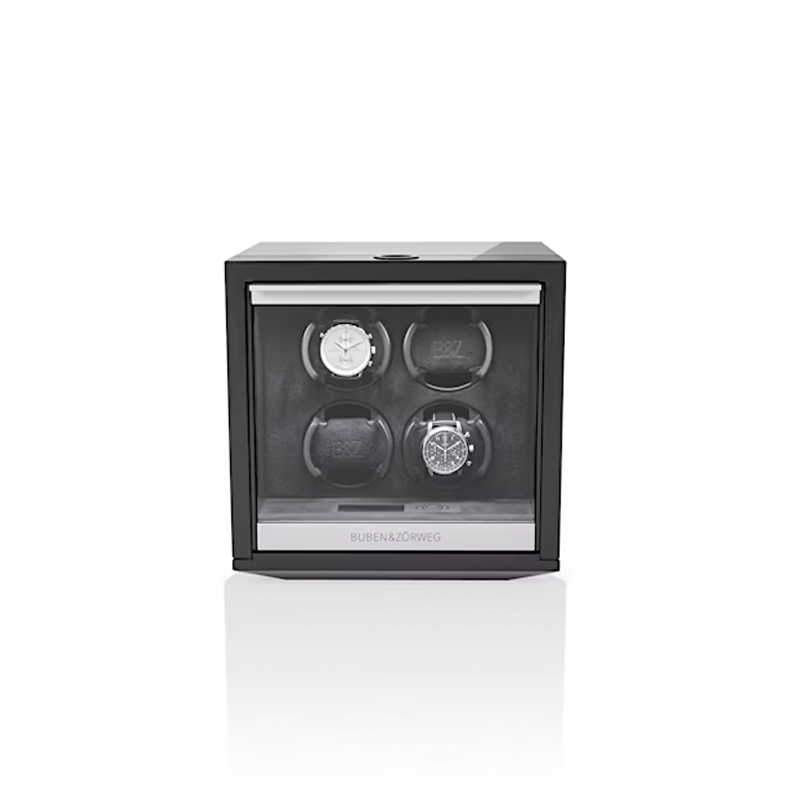
Special mention – The Seiko Mecha-Quartz Hybrid
Seiko’s Mecha-Quartz 6T63 movement combines the accuracy of quartz with the mechanical feel of a chronograph. The result is a hybrid that offers the best of both worlds.
So, which should you choose?
It really is down to personal preference and in some cases budget. If you need a watch that is virtually 100% accurate then a quartz watch is for you. The quartz mechanism is accurate to +/- 15 seconds a month. Whereas a mechanical watch is accurate to +/- 4 seconds a day.
How and where you wear your watch should influence your choice, for example if your work is manual then a mechanical watch may not be the best option. The movement is sensitive to impact and if damaged will cost significantly more to repair or replace.
You should also consider the functions that suit your lifestyle, if you travel a lot then a GMT or World time will be valuable.
If craftsmanship and quality are the most important factors, then I would definitely suggest a mechanical watch. There are many beautiful examples available, my personal choice would be an automatic watch with a power reserve, a great example being the IWC Portugieser.
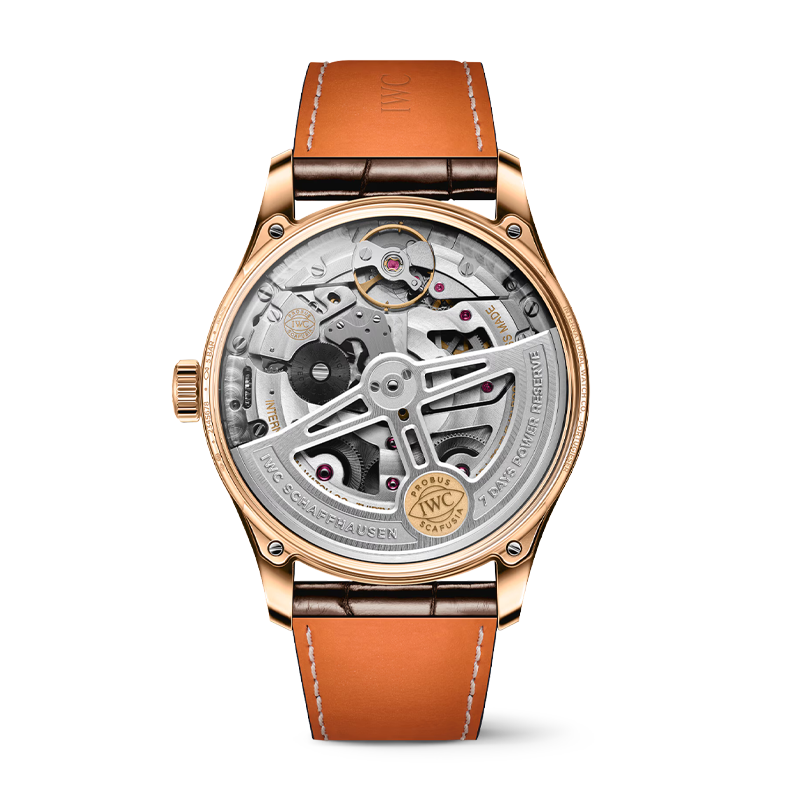
| Feature | Quartz | Mechanical |
|---|---|---|
| Accuracy | +/- 15 seconds/month | +/- 4 seconds/day |
| Maintenance | Battery every 2 years | Full service every 3-5 years |
| Cost range | £30 – £7,000+ | £2,000 – £1 million+ |
| Craftsmanship | Simple movement | High precision and artistry |
| Durability | Better for active wear | More sensitive to impact |
| Collectability | Moderate | High |
Buying advice for first-time buyers
If you’re ready to invest in your first major timepiece, I would suggest that you visit a premium high-street retailer. Those with several agencies are professionally brand trained and will be able to advise you and help you select the right watch for you. You will also have the benefit of their after sales service.
Spotting the difference
Finally, just by looking at the watch dial can do you tell the difference between a quartz and a mechanical watch?
If you look at the second hand, on a quartz watch the hand will ‘tick’ between each second. The second hand on a mechanical watch will glide smoothly.
Final thoughts
Which ever brand, model or movement you choose, enjoy wearing your watch. You can easily get hooked and creating a wish list to add to your collection can become an obsession.
Watch collecting is, without doubt, a passion.
